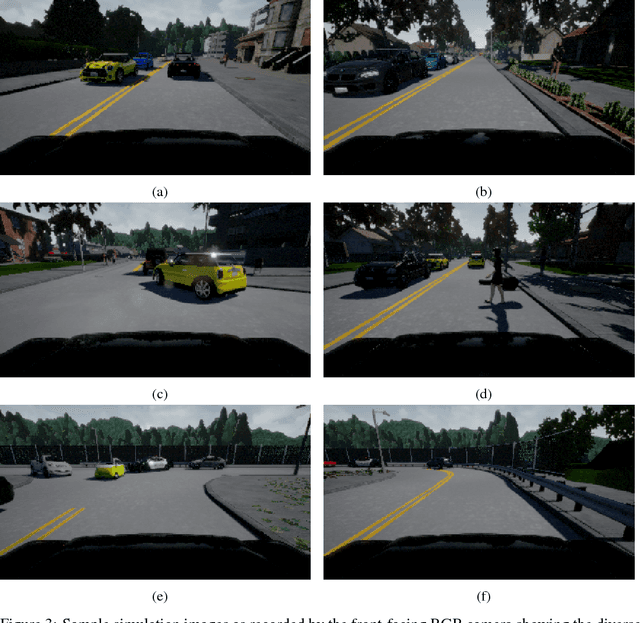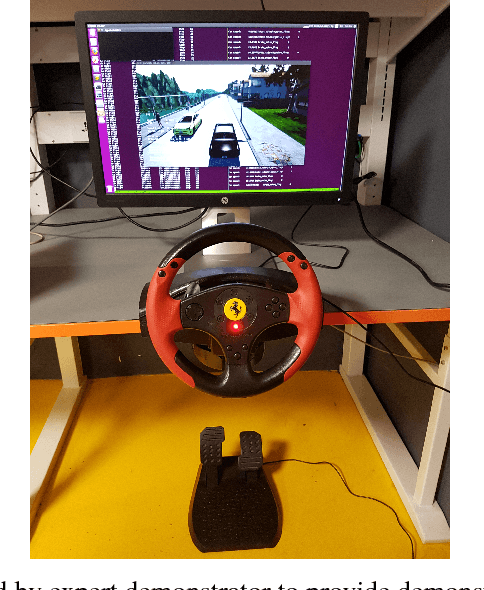Ashish Mehta
Generative Active Learning for Long-tail Trajectory Prediction via Controllable Diffusion Model
Jul 30, 2025



Abstract:While data-driven trajectory prediction has enhanced the reliability of autonomous driving systems, it still struggles with rarely observed long-tail scenarios. Prior works addressed this by modifying model architectures, such as using hypernetworks. In contrast, we propose refining the training process to unlock each model's potential without altering its structure. We introduce Generative Active Learning for Trajectory prediction (GALTraj), the first method to successfully deploy generative active learning into trajectory prediction. It actively identifies rare tail samples where the model fails and augments these samples with a controllable diffusion model during training. In our framework, generating scenarios that are diverse, realistic, and preserve tail-case characteristics is paramount. Accordingly, we design a tail-aware generation method that applies tailored diffusion guidance to generate trajectories that both capture rare behaviors and respect traffic rules. Unlike prior simulation methods focused solely on scenario diversity, GALTraj is the first to show how simulator-driven augmentation benefits long-tail learning in trajectory prediction. Experiments on multiple trajectory datasets (WOMD, Argoverse2) with popular backbones (QCNet, MTR) confirm that our method significantly boosts performance on tail samples and also enhances accuracy on head samples.
Learning End-to-end Autonomous Driving using Guided Auxiliary Supervision
Aug 30, 2018



Abstract:Learning to drive faithfully in highly stochastic urban settings remains an open problem. To that end, we propose a Multi-task Learning from Demonstration (MT-LfD) framework which uses supervised auxiliary task prediction to guide the main task of predicting the driving commands. Our framework involves an end-to-end trainable network for imitating the expert demonstrator's driving commands. The network intermediately predicts visual affordances and action primitives through direct supervision which provide the aforementioned auxiliary supervised guidance. We demonstrate that such joint learning and supervised guidance facilitates hierarchical task decomposition, assisting the agent to learn faster, achieve better driving performance and increases transparency of the otherwise black-box end-to-end network. We run our experiments to validate the MT-LfD framework in CARLA, an open-source urban driving simulator. We introduce multiple non-player agents in CARLA and induce temporal noise in them for realistic stochasticity.
 Add to Chrome
Add to Chrome Add to Firefox
Add to Firefox Add to Edge
Add to Edge